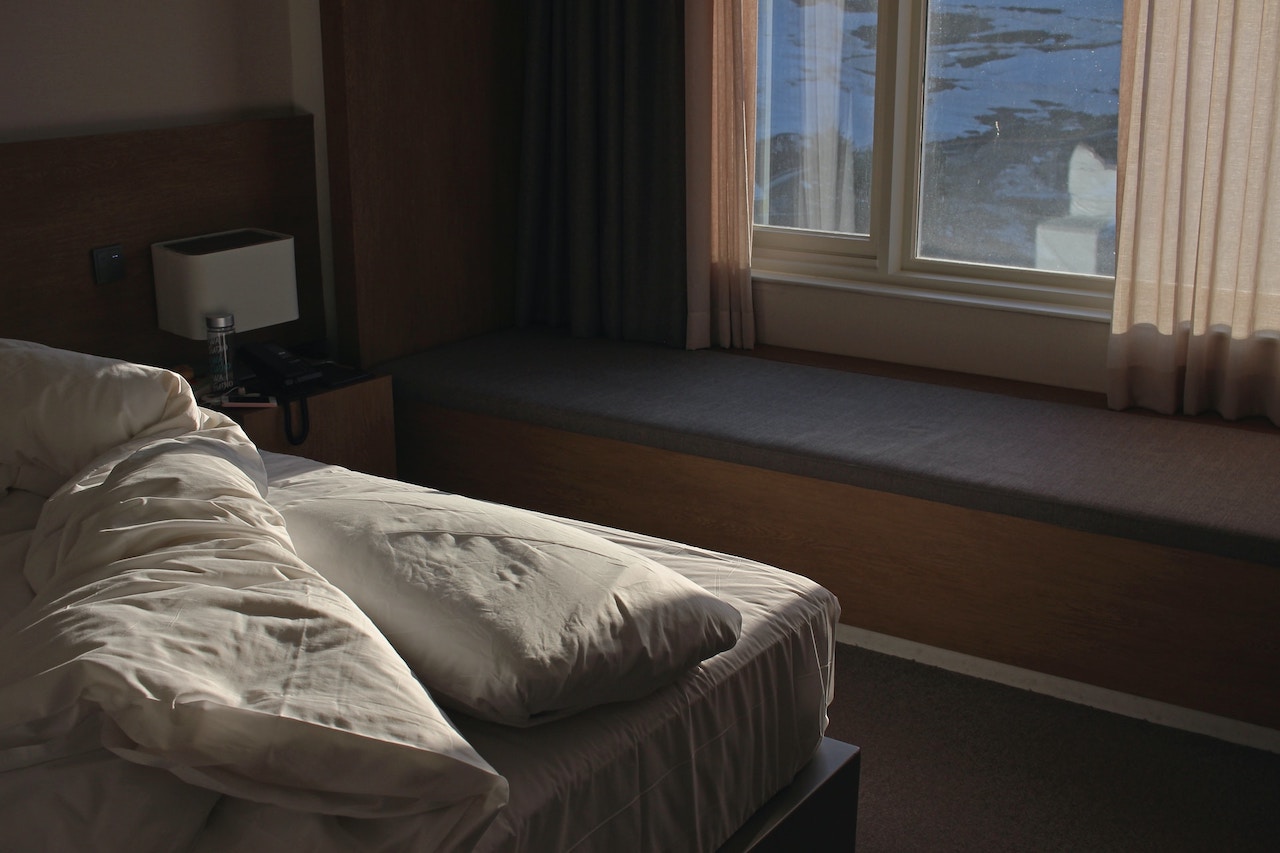These tiny, parasitic insects feed on human and animal blood, usually at night, and can cause an itchy, allergic reaction to their bite.
Bed bugs can cause more than just an itchy and uncomfortable bite. They can lead to serious health risks, especially for those who are particularly sensitive to them.
Those with allergies or asthma can experience extreme reactions such as hives, wheezing, and difficulty breathing after a bed bug bite. In rare instances, anaphylaxis — a life-threatening reaction — can occur.
They also have the potential to spread diseases such as Hepatitis B, Chagas Disease, and Lyme Disease.
It is important to take preventative measures when packing for a trip to reduce the chances of bringing bed bugs home in your suitcase. Fortunately, it is possible to reduce the chance of bringing bed bugs home with you through some simple precautions.
What Are Bed Bugs?
Bed bugs are small, brownish-red insects that are often mistaken for ticks. They can range in size from 1mm to 7mm and typically feed on the blood of animals and humans.
Bed bugs hide in cracks and crevices during the day, and emerge at night to feed on sleeping hosts. Bed bugs are notoriously difficult to get rid of once they have infested an area.
They are very hardy creatures that can survive long periods without food or water, and their eggs are resistant to insecticides. Identifying and treating bed bugs can be tricky and usually requires a set of very specific tips.
They typically have an oval, flattened body and six legs, with a reddish-brown color that darkens after they have fed. Bed bugs will leave behind telltale signs such as skins shed during molting and small, rust-colored spots.
Where Can You Find Bed Bugs?
It's common for people to find a bed bug in hotels, hostels, on second-hand furniture, in clothing and among a variety of other places.
They can be transferred into luggage if the items have been exposed to an infestation. Bed bugs are most active at night and hide during the day, making them difficult to detect.
To prevent bringing them home with you after a trip, it is important to inspect your hotel room or other accommodations for signs of bed bugs. It is important to look at all the places they might hide.
These include mattresses, behind headboards and baseboards, under carpets and rugs, around window frames, on furniture and upholstery, inside box springs and bed frames, and in other cracks or crevices.
How Can You Reduce The Risk Of Bringing Home Bedbugs In Your Luggage?
It is important to take steps to prevent bringing bed bugs home with you when traveling and the best way to do this is to inspect your hotel room or other accommodations for signs of bed bugs before unpacking.
Look in the mattress, bedding, and any cracks or crevices in furniture and walls where they may be hiding. If anything looks suspicious, it is best to request a different room or relocate to another accommodation.
When packing your luggage, take precautions to keep bed bugs from getting into your items. Seal clothing and other belongings in plastic bags before putting them in your suitcase. You should also store suitcases off the ground or away from furniture when possible.
After returning home, unpack and thoroughly inspect your luggage for any signs of bed bugs before bringing it into your home.
By taking the necessary precautions, you can reduce the risk of bringing bed bugs home in your luggage while traveling. With proper inspection and prevention methods, you can enjoy a worry-free trip and return home with only happy memories – not unwanted souvenirs.
Signs Of A Bed Bug Infestation
If you have a bed bug infestation in your home, there are some tell-tale signs.
Bed bugs will leave droppings on mattresses and other furniture that resemble black pepper, as well as reddish stains from their excrement. You may also find their eggs and eggshells, which look like tiny white dots.
In addition, you may see bite marks on your skin or the bodies of bed bugs around your home.
If you notice any of these signs, it is important to contact a professional pest control company to safely and effectively eliminate the infestation.
Taking preventative measures and being aware of the signs of bed bug infestations can help reduce the chance of bringing them home with you in your luggage.
How To Get Rid Of A Bedbug Infestation
Once a bed bug infestation has been identified in a home, it is important to act quickly and take steps to eliminate the problem.
The best way to get rid of bed bugs is to contact a professional pest control company that will be able to assess the situation and determine the best course of action.
Professional pest management companies are equipped with the necessary tools and knowledge to safely and effectively eliminate bed bugs from your home.
In addition, there are a few things you can do in order to help prevent an infestation or to get rid of bed bugs once they are present.
Vacuum the affected area regularly and dispose of the contents away from your home. Ensure that all cracks and crevices in furniture and walls are sealed.
You should also launder and dry all bedding, clothing, curtains, and other fabrics on the highest heat setting possible to kill any live bugs or eggs.
Final Tips
Bed bugs can be a nuisance and difficult to get rid of once they have infested your home.
Taking preventative steps such as inspecting hotel rooms for signs of bed bugs before unpacking, sealing clothing in plastic bags while traveling, and storing suitcases off the ground or away from furniture when possible can help reduce the risk of bringing them home with you.
Also being aware of the signs of an infestation is important so that action may be taken immediately if necessary.
If you do find yourself dealing with a bed bug problem, it’s best to contact a professional pest control company that will have the tools and knowledge needed to safely eliminate them from your home.
With these tips in mind, we hope you enjoy worry-free travels!








